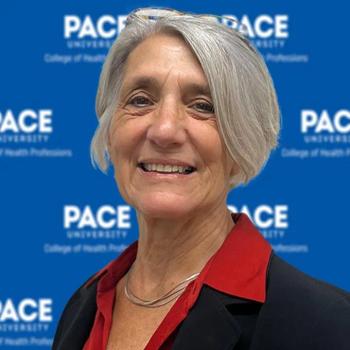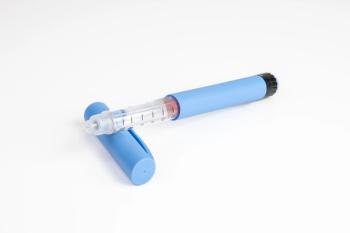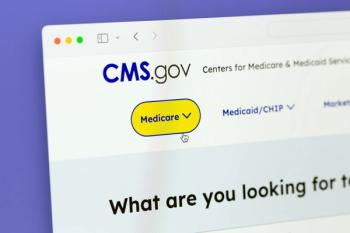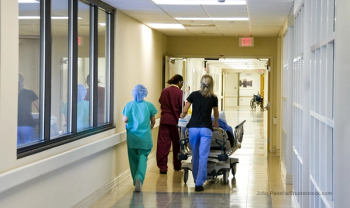
Do accountable care organizations save money?
New data from CMS show that ACOs succeed at producing quality gains and cost savings, but at least one effort begs to differ.
Given enough time, ACOs succeed at producing quality gains and cost savings, according to new data.
The CMS data show that 11 of 18 Next Generation ACOs earned savings, and six of eight Pioneer ACOs earned savings.
Meanwhile, seven Next Generation ACOs lost money, reported Healthcare Finance. Three dropped out in 2016.
Long
“The fact that ACOs showed more positive results in 2016 compared to previous years is expected and a positive sign that value-based care is, indeed, working but also a reminder that changing reimbursement methodologies and provider/patient behavior takes time,” says Christopher A. Long, president of AxisPoint Health. “Our country’s traditional fee-for-service models have been in place for almost a century. We are at the beginning of long road but, if patient and committed, we’ll finally see the cost trend curbed and quality improved as we move forward.
“Next Gen ACOs were built on the experience of the Pioneer ACO and Medicare Shared Savings Program models,” Long says. “With greater experience and evolution, we would expect to see improved results. Incentives for improved cost management and higher-quality care were increased; therefore, results were improved. It’s all about incentives.”
Jay Desai, CEO of PatientPing, agrees. “ACOs succeed at producing quality gains and cost savings,” Desai says. “The Next Generation ACOs are the cohort that have proven success in managed care and other ACO models and therefore should be more likely to generate savings out-the-gate. It’s exciting to see evidence validating this.”
Friend
However, David Friend, MD, MBA, chief transformation officer and managing director of BDO’s Center for Healthcare Excellence & Innovation, believes that it’s important to look at the savings within the bigger picture of overall spending.
“We need to ask how much was spent to achieve those savings, and for high-performing ACOs in the Medicare Shared Savings Program, how much they received in bonus payments,” Friend says. “When we consider the ACOs’ savings against total Medicare payments in 2016, for instance, which totaled
Stay the course; there’s a sea change
Desai
“Be patient with your value-based care strategy and stay the course,” Desai says. “Patients are rightly demanding an American healthcare system that works well. Inspired providers everywhere are stepping up by grinding through the messy transformation process. The hard work is paying and will pay off.”
Long encourages managed care executives to partner with forward-thinking delivery systems that are willing to commit to change, care management and financial incentives that drive better cost and quality outcomes.
“As these models evolve, employers and members will seek and demand products that include value-based care and move away from those that only offer traditional fee-for-service,” he says.
“There’s a sea change happening in the business of healthcare: a turning away from a marketplace characterized by regulation toward a marketplace dominated by competition when it comes to pricing and coverage,” Friend says. “We’d place ACOs in the regulation-oriented environment, and as the scales tip toward greater competition in the marketplace, the savings a business can achieve from participating in an ACO may not be significant enough to incentivize them to make the investment and change behaviors.
“The ACO model doesn’t show up elsewhere in the economy, which leads us to wonder if it’s a viable, sustainable model for where healthcare is evolving longer-term,” Friend adds. “We’d advise clients to take a close eye to the amount they’d spend to achieve the savings, and consider the return on investment and what they’d be trading off to achieve those savings. Unless the return on investment for participating in an ACO significantly improves, savings models like bundled payments-where savings in the ballpark of 5% to 10% can occur-will likely have more staying power.”
Newsletter
Get the latest industry news, event updates, and more from Managed healthcare Executive.





















































